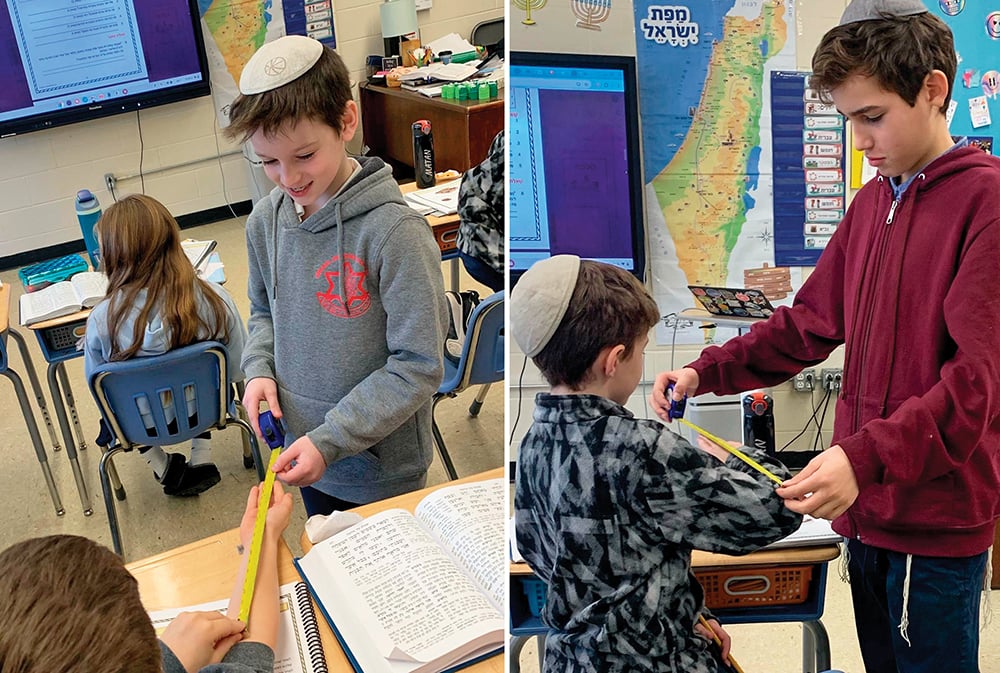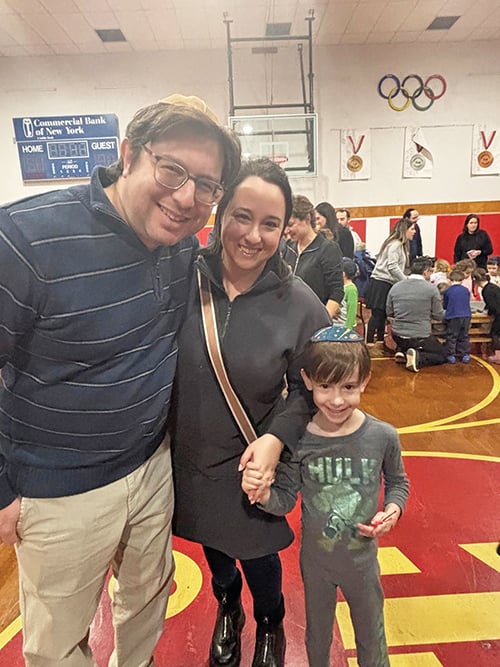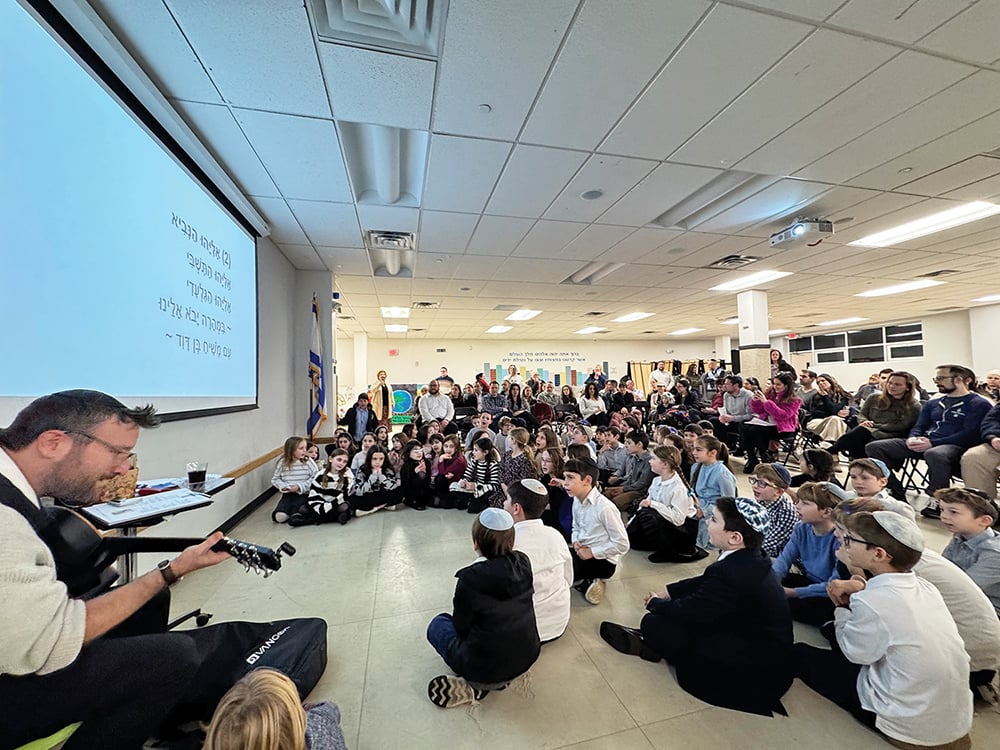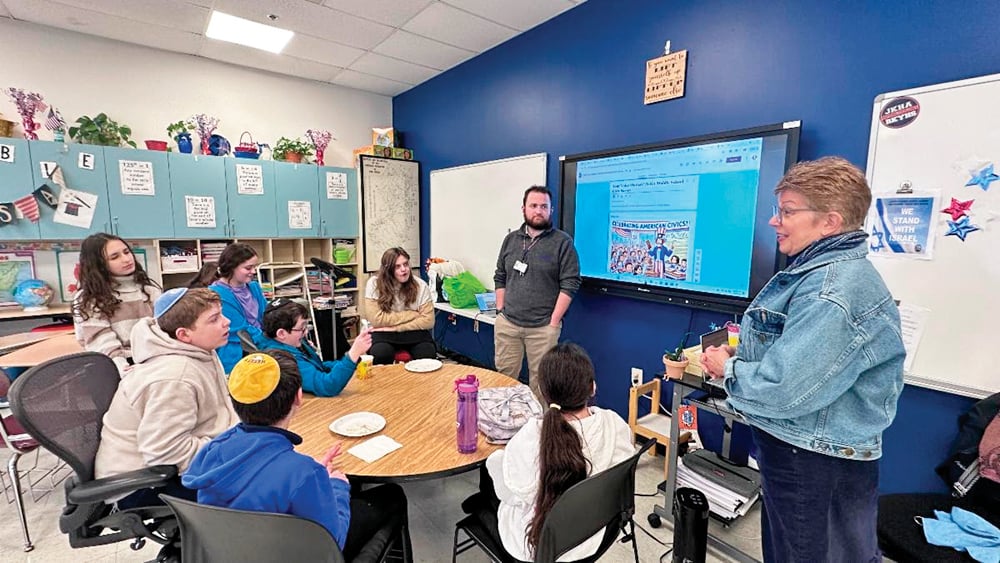
Tefillah is an essential component of Jewish communal life. As microcosms of the Jewish community, Jewish day schools include tefillah as part of the school day. Starting when day school students are in preschool, their teachers dutifully educate them in the words, tunes and ritual know-how necessary to participate in minyan. As students pass through the grades and the years, tefillah is a constant, punctuating the morning and afternoon of each school day. While the vast majority of students are engaged in tefillah, it is also clear that there are gaps in participation, and participation itself looks quite different for different students.
Part of SAR’s mission is to recognize the individual needs of all learners. To that end, there are many minyanim for daily Shacharit, each designed as a space where students can maximize their role in tefillah. However, even in our individually tailored environments, students come to Shacharit with vastly different levels of ability and motivation. On any given morning, there are students deeply involved in tefillah and some who are not involved at all. There are students who say every word in Shacharit and students who diligently recite the Shema or the Amidah and nothing else; students who do not move from their seats unless it is to stand at the appropriate times; and students who find it difficult to remain in their seats for the 30-plus minutes allotted to Shacharit.
Any teacher who has supervised high school minyan is familiar with this scenario, but very few teachers have a precise understanding of why it occurs. Why are the educational outcomes in tefillah so varied? When students don’t engage in tefillah, what is the underlying reason? This is particularly intriguing when considering students who have spent the majority of their schooling in Jewish day schools. Are they not involved because they lack Hebrew language skills or reading fluency? Is it because they are unfamiliar with the siddur or the choreography of tefillah? Or are they sufficiently knowledgeable about tefillah but indifferent? Perhaps they are exhausted and distracted by upcoming exams.
My colleague Rabbanit Lisa Schlaff and I believe that tefillah education is crucial to students’ religious growth and sense of comfort in the Jewish community, and we feel that greater understanding of the reasons behind students’ varied participation in tefillah can help us to invest in the most effective educational interventions. As there is currently no method to evaluate a student’s fluency in tefillah, through SAR’s Innovation Lab we embarked on the task of creating a language-based tefillah skills assessment that could help us identify which students have the skills to function comfortably in a standard minyan and which students need greater support.
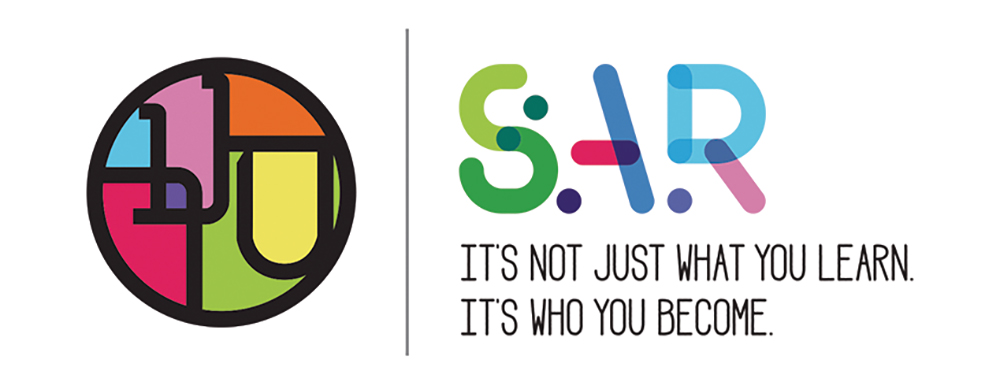
With advice from Dr. Scott Goldberg, an expert in the field of Jewish educational diagnostic examinations, we devised our assessment to test students’ familiarity with daily Shacharit by having them, for example, identify the correct word of three options in a given line of tefillah and demonstrate other similar skills and knowledge. We aimed to use this diagnostic tool to assess incoming ninth graders so that we could, based on the data we received, develop the appropriate programs of skill building for students who needed it.
Creating an assessment that could provide helpful data on students’ familiarity with daily Shacharit raised some interesting questions. One problem that arose was the question of what the data would actually measure. For example, if a student was unfamiliar with passages in Pesukei D’Zimra, there could be multiple ways to interpret that. Perhaps the student found the Hebrew in some of the Tehillim difficult and didn’t say that part in Hebrew, or at all. Or, perhaps the student regularly came late to tefillah and skipped that part to keep up with the rest of the minyan.
As another illustration of this problem, originally we had considered testing students’ familiarity with tefilot said on Rosh Chodesh or Motzei Shabbat. We ultimately decided not to do so because we wondered if the data would tell us less about a student’s fluency in tefillah and more about the family’s shul-going practices. Another question raised was whether there would be significant differences in familiarity of tefillah along gender lines. In many families and communities, greater emphasis is placed on boys’ attendance at daily minyan. Boys also have greater opportunities for participation, leading and reading Torah. Would our data show that girls were less familiar with daily tefilot as a result? What kind of educational intervention would that data necessitate?
In addition to the influences of family and community on students’ tefillah knowledge, there was the issue of self-perception and how that might promote or restrict a student from striving for growth in tefillah. While creating our diagnostic assessment, we had groups of current students take “practice runs’’ of draft versions of the exam. For these groups, we did not collect students’ names but did ask for demographic information and, afterward, discussed with students their feelings about the experience. Most groups — even those where the majority of students were comfortable with most of the tefillot in the diagnostic — expressed feelings of inadequacy and guilt that they did not know the tefillot perfectly well. This student feedback confirmed for us that feelings of guilt or shame may keep students from asking for support in learning these skills. These conversations strengthened our resolve that finding a way to target those who need help and designing tefillah curricula to bolster tefillah fluency was essential to promoting growth.
With all of this information in hand, we crafted a diagnostic test that could provide data on students’ familiarity with daily Shacharit. We took care to include tefilot of varying degrees of challenge that would be familiar to someone fluent in prayer, and we limited ourselves to tefilot that were said each weekday. The incoming ninth grade class has taken the diagnostic as part of their placement exams, and we are examining the data to see what we can learn from the results. We hope that the knowledge we gain will be instrumental in creating a more precise system for tefillah education and that it can be of use to Jewish educators beyond SAR.
Ms. Daniela Lehmann received her B.A. degree from Stern College with a double major in Judaic studies and in English literature. She completed the dual M.A. program at New York University in education and Jewish studies and Hebrew and Judaic studies. Previously, Daniela worked for two years as a Judaic studies assistant teacher at SAR Academy.
About Machon Siach:
Machon Siach was established in 2015 with a legacy gift from Marcel Lindenbaum, z”l honoring the memory of his wife, Belda Kaufman Lindenbaum, z”l.



